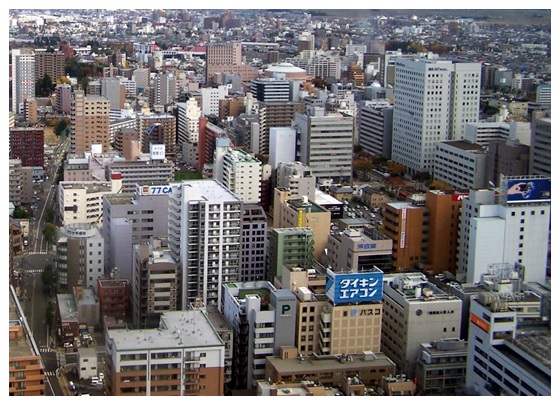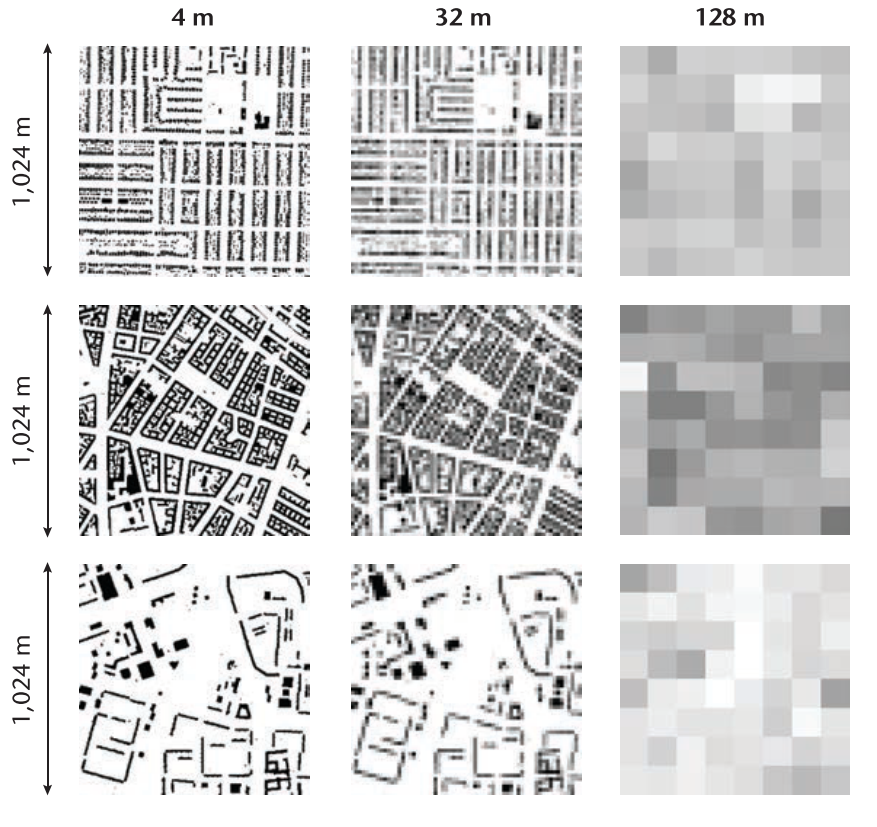WUDAPT
The World Urban Database and Access Portal Tools project
Contact: info@wudapt.org
Funded by: Community-based project
Short intro: The WUDAPT project is an international community-generated urban canopy information and modeling infrastructure to facilitate urban-focused climate, weather, air quality, and energy-use modeling application studies
Overall aims
The overall aims of WUDAPT are to:
- to acquire and make accessible coherent and consistent descriptions and information on form and function of urban morphology relevant to climate weather, and environment studies on a worldwide basis,
- to provide a portal with tools that extract relevant urban parameters and properties for models and for model applications at appropriate scales for various climate, weather, environment, and urban planning purposes


Guiding principle
Its guiding principle is to generate “fit for purpose” urban data using a globally consistent methodology, and publicly accessible input data and tools. Products created from this process are shared across multiple communities and platforms.
© Image from Oke et al. (2017)
Join the community!
WUDAPT is a successful grassroots effort, and continued community involvement is key to assuring success. Please consider following online, or engaging in one of the following topics:
- developing training materials to classify your city into LCZs
- contributing your LCZ map to WUDAPT via the LCZ Generator
- helping us to collect other open access urban canopy parameter datasets
- support the introduction of fit-for-purpose urban data into modelling systems
References
- Ching, J., Mills, G., Bechtel, B., See, L., Feddema, J., Wang, X., Ren, C., Brousse, O., Martilli, A., Neophytou, M., Mouzourides, P., Stewart, I., Hanna, A., Ng, E., Foley, M., Alexander, P., Aliaga, D., Niyogi, D., Shreevastava, A., … Theeuwes, N. (2018). WUDAPT: An Urban Weather, Climate, and Environmental Modeling Infrastructure for the Anthropocene. Bulletin of the American Meteorological Society, 99(9), 1907–1924. https://doi.org/10.1175/BAMS-D-16-0236.1